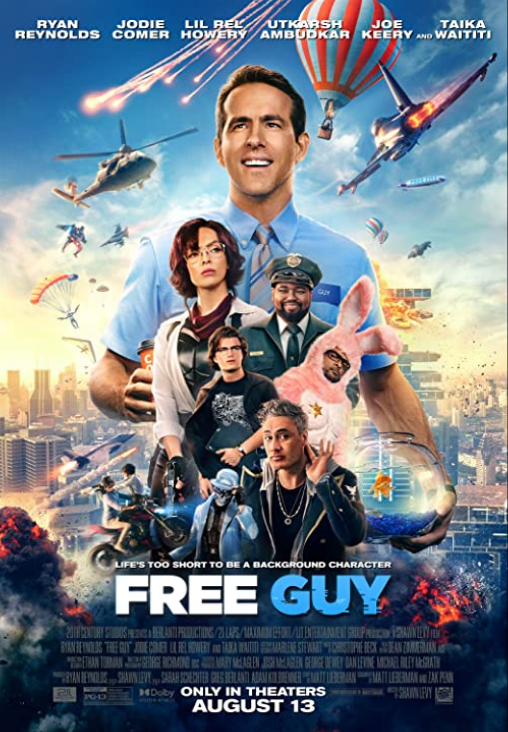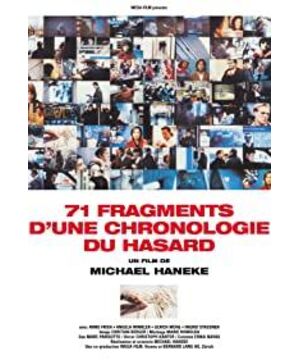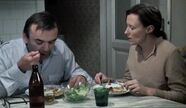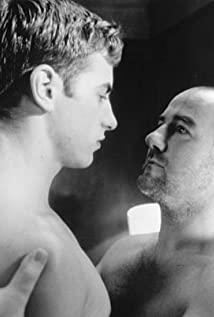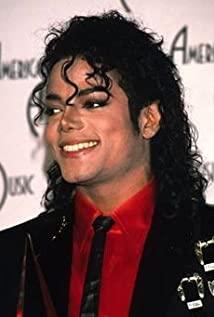71 Fragments of a Chronology of Chance movie plot
2022-07-07 16:42
On Christmas Eve 1993, a 19-year-old student broke into a bank, shot several people and then shot himself
. To narrate the origins of the incident, the film travels back to October 12, showing the sporadic pieces from then until the time of the incident.
Next, some seemingly unrelated people appeared. A woman with a successful career works in a bank, and her old and lonely father appears among the clients she receives; the security guard of this bank is responsible for transporting banknotes, and goes back and forth between banknotes and his wife every day; another middle-aged couple I inquired everywhere and wanted to adopt a child; the young student was no different from ordinary people. He played cardboard games with his classmates, using several geometric shapes to form crosses, and he also liked to play table tennis. Connecting these people is a Romanian boy who smuggled to the German-speaking Wien , wandering the streets, often doing petty thefts.
Compared with the Romanian boys, everyone else can be said to be happy. They are well-fed, have stable jobs, and live a typical life in our civilized society. However, there seems to be more disappointment in their eyes. Romanian boys can also go shopping at any time, even if the dazzling array of goods does not belong to them, it does not matter, it is already fun to watch them, not to mention the occasional steal. And those civilized people can't be as colorful as the goods in the window, and their lives have always been gray.
The old father was in the line of customers. He was not there to handle deposits and withdrawals, but just because he was lonely. He could come here to see his daughter and say a few words. Although young students live a more casual life, they have a lot of troubles. He can practice catching the ball for a long time (a three-minute fixed shot shows him practicing with the ball machine), but there is no way to solve the small troubles around him so cleanly. When the ping pong ball from the server is thrown, he hits it back, and over time, it becomes less challenging. I even guess he'd rather get into big trouble than get caught up in the scrambles, and at least live a little more exciting. However, he later bought a pistol illegally, and it looked like something big was about to happen.
The Romanian boy was finally taken into custody after wandering the streets for a while, and the interview was broadcast on TV. The couple eager to adopt the child saw the news, and the wife wept over the plight of the boy, and they were ready to adopt him. The boy was taken home by his adoptive mother in a car. Being taken in means that he is about to enter a civilized life, and I don't know if this is a good thing or a bad thing.
The Romanian boys rush to their new home, stopping to withdraw money from the bank. A few minutes ago, a 19-year-old young student came here and was beaten for trivial matters. He later went to refuel the car, only to find there was no cash and the gas station didn't accept credit cards. He sat in the car and was sulking for a while. Then he pulled out his gun, went to the bank to kill, killed on the street, and shot himself in the car.
The movie didn't end immediately. Like the beginning, the ending is a TV news program, and uses two news segments that have already appeared earlier in the film. One is the daily life of Sarajevo under the fire, the citizens are calm or sad; the other is the news of Michael Jackson's acquittal, and he will regroup.
Obviously, 71 Fragments of a Chronology of Chance
targets the social environment more directly than the previous two books. Violence and massacres in the TV news continue, and one after another protests and strikes are also commonplace. But there are only a few people on Earth who are directly related to them. Nonetheless, we still experience violence and mutilation. The mediocre and numb middle-class life looks great on the surface, but it is actually dangerous. The social morality built on this basis is difficult to resist the uncertain force from the outside, and partial collapse is inevitable.
Michael Haneke expresses indifferent reality with indifference. The shots of the film are very crisp, and they are all switched by a one-second black screen, and sometimes the characters are cut off before they finish speaking. He also occasionally used some repetitive shots to further enhance the repetitive monotony of the characters' lives.
The homicides (including suicides) in the glaciation trilogy are almost always unprovoked. The characters shown by the director live very ordinary lives, and it seems that there is no sufficient excuse for murder. Maybe we just don't notice it because we live in it.
Extended Reading
